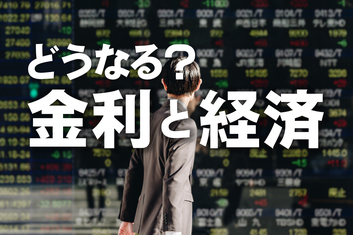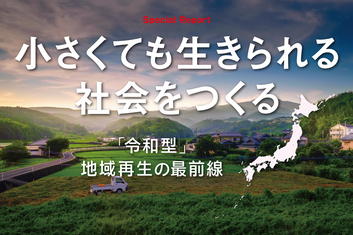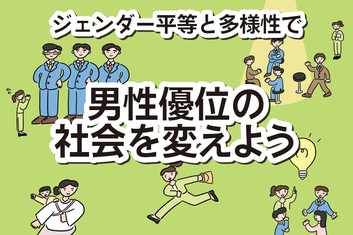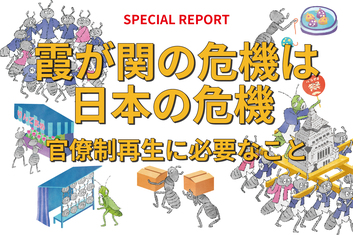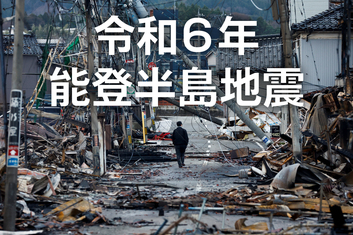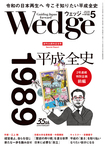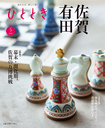As well as explaining the horrors and features of tsunami, we taught them what to remember when actually evacuating. We focused particularly on encouraging them to evacuate using the best available option. The tsunami comes in a different form every time. Right after an earthquake, you don't know what kind of tsunami is going to come. It could be bigger than the one indicated in the hazard map and it could be smaller. But no matter what tsunami came there was no need to worry: what they could do was evacuate using the best available option.
From then on, each of them started to consider the best possible approach for their particular situations.
More specifically, they made their own personal tsunami evacuation maps, which contained their houses, their route to school and the evacuation areas. On the maps they wrote things such as: when an earthquake strikes, act immediately; go to a high place; don't feel safe just because you are far from the sea, as tsunami can flow up rivers and reach low-lying inland areas; and once you've reached high ground, don't go back down to lower areas.
These were all extra-curricular activities, but we also looked to incorporate disaster education into the regular curriculum. We worked with teachers to develop guidebooks for teaching staff on how to incorporate disaster education into regular lessons. We did this for all years and subjects. Teachers then started to include disaster education in regular lessons. In math, for example, in measurement lessons we had students get a feel for the height of tsunami and calculate how long the waves would take to reach their houses. This was partly because it would be a lot less work than planning new disaster prevention lessons from scratch. And in order to get local residents more interested, we carried out disaster drills at school closing time, blasted out earthquake warnings over outdoor speaker systems, and requested the local residents to help with the evacuation of children in the drills.
Don't put all your faith in hazard maps
Our aim was to inculcate a culture of disaster awareness by combining knowledge and practice. No matter how much knowledge you acquire, with time you forget it. To be able act without thinking when a disaster happens, you need to make this knowledge your own through actual practice. With this in mind, elementary schools in Kamaishi spent from five to 15 hours per year on tsunami education.
To sum up the disaster education, what we tried to teach children and their parents was that they shouldn't put too much faith in hazard maps. These maps contain places that are considered safe and the high-points that tsunami may reach, based on the latest scientific knowledge. But at the end of the day these are no more than scenarios. Ultimately you have to assess the situation for yourself and act accordingly. This is what we wanted to communicate to them. But when we said this some of the children felt uneasy, so we told them one method to save themselves no matter what tsunami came. That method was to run.
Another point is that you have responsibility for your own life. There is an old saying in the Sanriku region, "Tsunami tendenko," which literally means "in a tsunami, flee separately." The idea is that when a tsunami comes you should focus solely on escaping yourself without worrying about even your family. If everybody flees separately, whole families will not be wiped out together. I took this a step further. I told the kids to tell their parents that, given how much preparation and drills they had done, they would definitely escape when a tsunami came. As it would be pointless telling parents not to worry about their kids, I told them to have faith in their kids and that the first thing they should do is escape themselves.
No matter how big the tsunami walls and other physical defenses you build are, the tsunami may be bigger than you envisaged. At the end of the day, what you have to rely on is the ability of each member of the community to respond appropriately. This ability can be enhanced through education, training and drills. As for me, I feel a strong urge to listen to the voices of the young people who have lost their lives in the disaster and do everything I can to widen the reach of disaster education in Japan.







